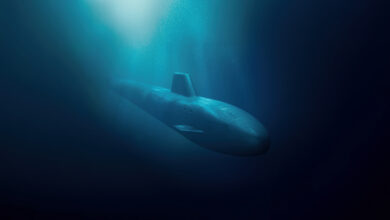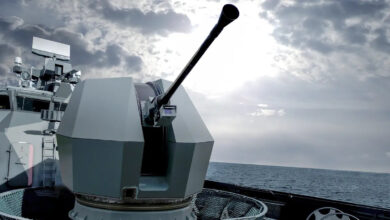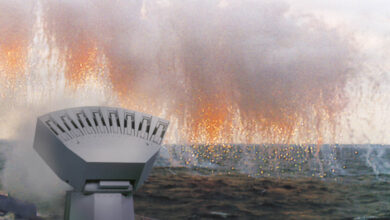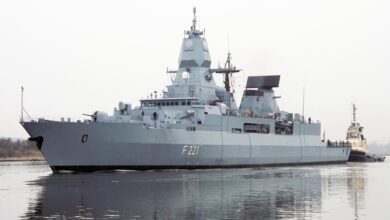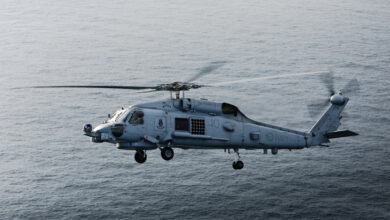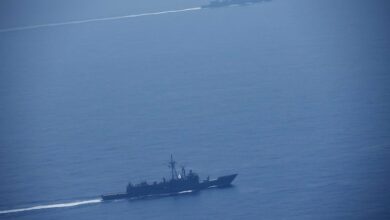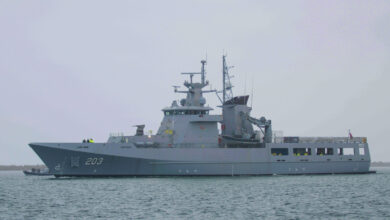Rohde & Schwarz Wins Comms Contract for Australia’s Hunter-Class Frigates
BAE Systems Maritime Australia has contracted Rohde & Schwarz Australia to deliver integrated communication and control systems for the first batch of three Royal Australian Navy Hunter-class frigates.
The Internet Protocol-based NAVICS communications technology provides reliable and secure voice and data communications for all naval vessel classes.
It connects distributed on-board voice terminals and other subsystems for internal and external communications and the processing of classified information.
“For Hunter we’ve built on the close collaboration between our headquarters and the UK operation we established for development of the Type 26 communications solution,” Rohde & Schwarz Vice President R&D Technology Systems Wolfgang Marchl said.
“Now, with Rohde & Schwarz Australia also incorporated into this collaboration, we are well placed not only to deliver on this project but also for any future large naval programs that may be shared between the UK and Australia.”
Previous Contracts
The award follows multiple recent Hunter-class contracts, including one in April to UK-based Chess Dynamics to deliver SeaEagle Fire Control Electro-Optical surveillance systems.
Before that, Anschutz was selected in November 2023 to deliver advanced, customized navigation systems for the class.
Hunter-Class
A fleet of nine anti-submarine frigates have been ordered for the Royal Australian Navy under a 35 billion Australian dollar ($23.63 billion) contract.
BAE Systems was awarded the contract in 2018 to replace the service’s Anzac class, which has been in service since the early 1990s.
The first Hunter-class vessel is scheduled to reach operational capability by 2034, while the entire fleet is expected to be ready in the next 20 years.
The warship will have a displacement of up to 8,800 tons, a length of 149.9 meters (491 feet), and a 20.8-meter (68-foot) beam.
Apart from anti-submarine warfare, it will conduct air, and surface warfare, surveillance and intelligence, humanitarian and disaster assistance, and maritime interdiction.



